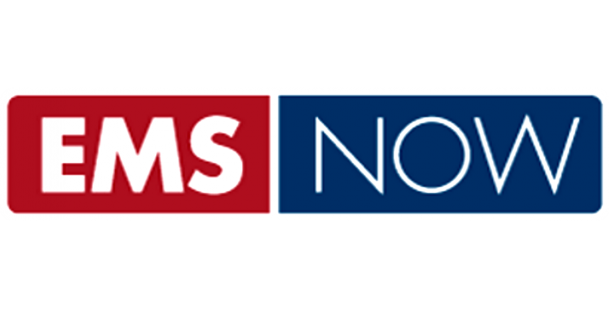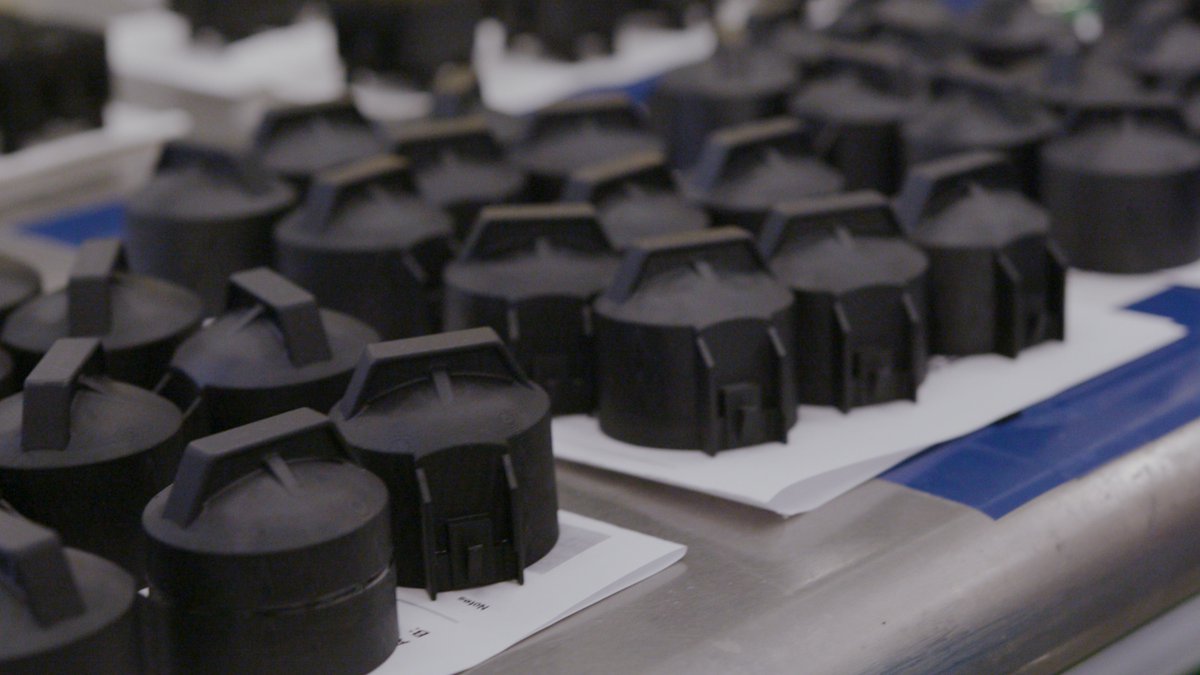Additive manufacturing has come a long way since the 1980s. Although many believe the value of 3D printing lies in its prototyping capabilities, designers and engineers know that it can be useful in other situations, especially mass production. 3D printing for mass manufacturing can unlock new products, reduce costs, and speed up production, but you need to make sure it’s the best choice for your project.
When is 3D printing good for mass production?
You should consider using 3D printing for mass production if:
1. You must produce personalized products
Recent studies show that 50% of consumers are interested in purchasing personalized products, and many companies are striving to adopt a personalization business model to meet the demand. Unfortunately, mass customization isn’t easy with a manufacturing method like injection molding, which requires expensive tooling and a new mold for each product design.
With 3D printing, creating a custom part is as simple as transferring the design data to the printer and printing it – no extra steps or new tooling required. Therefore, mass-producing a personalized product will not necessarily take more time, energy, material or money than printing a non-personalized standard product.
2. You need to start or move production quickly
Traditional injection molding tooling makes starting and moving production slow and expensive. Tooling time increases lead times, while 3D printers can start production immediately. Additionally, when moving production, not only will your manufacturing partner have to invest more money in creating new tools, but you will also have to wait for new tools before you can start production.
If you are using 3D printing for your mass production needs, your partner can simply stop the prints in progress, upload a different digital file, and continue production quickly instead of waiting weeks for a new mold. Either way, you’ll be able to keep up with changing consumer demand and quickly correct any design or manufacturing errors.
3. You have to respond to variable demand
In the face of increases in demand, your 3D printing partner can use more printers to mass-produce your parts and seamlessly meet higher volume needs. Likewise, it’s easy to reduce production when demand drops or a product reaches end of life by using fewer printers.
It also means you won’t find yourself with a stash of unused product every time demand drops, eliminating the fuel, cost, energy and labor associated with transporting and storing product in warehouses. You can even continue to supply spare parts to consumers after a product has reached the end of its life, which would not be cost effective with a manufacturing method like injection molding.
4. You are planning low volume production
Running low-volume production runs with a manufacturing method such as injection molding results in high cost per part, lower profit margin, and long lead times. 3D printing can help you get a product to market faster, and you can cost-effectively produce parts, no matter how large your production run. When 3D printing, you won’t need to create hundreds or thousands of parts to get a reasonable cost per part, so you can start making a profit with fewer parts.
5. You have a complex piece that would otherwise be impossible to make
Since 3D printing technology is not limited by tool access, undercuts, or draft angle, the Additive allows you to mass-produce parts that would otherwise be impossible to manufacture in because of their geometry. For example, you can 3D print complex lattice structures to create parts with high strength-to-weight ratios, excellent shock absorption, high impact resistance, and vibration damping. You can even create mobile assemblies; walled hollow objects; and fractals.
Plus, you can consolidate complex parts into a single design using 3D printing and eliminate the need for subsequent assembly. Part consolidation is less expensive, uses fewer materials, and reduces the risk of project or supply chain delays.
Barriers to 3D printing for mass production
3D printing has the potential to revolutionize mass production, but there are still challenges ahead. Mass producing products using 3D printing can be challenging for some parts because the tolerances are not as tight as with traditional methods such as CNC machining and injection molding. 3D printing also offers more limited material options compared to traditional manufacturing processes, although many 3D printing companies have expanded their selections of competitive and high-performance engineering materials over the past decade to better suit their needs. adapt to industry applications.
While many engineers are familiar with Design for Manufacturing (DFM) best practices for older technologies such as injection molding and CNC machining, they may not be as familiar with DFM for printing technologies. specific 3Ds. Taking the time to develop optimized designs and manufacturing processes can improve part consistency and accuracy, as you’ll be able to reduce defects and standardize print conditions as much as possible. You’ll also want monitoring capabilities to identify accuracy issues and better control product quality.
Fortunately, you don’t have to go it alone. An experienced additive manufacturing partner will have all of these tools at their disposal to ensure you get the best possible part every time.
Start of high-volume production with 3D printing
Although 3D printing has become more mainstream in recent years, many product teams lack the expertise required to get the most out of these technologies. After all, the idea of using 3D printing for mass production is relatively new, so many companies run into a few hurdles when first navigating high-volume 3D printing.
A knowledgeable 3D printing partner can help you get started on the right foot. Not only will they be able to answer all of your questions, but they can also help minimize errors, increase part consistency, speed up production, and design your parts for the additive. When evaluating production partners, look for a manufacturer with a broad range of 3D printing capabilities and deep expertise to ensure you select the right technology for your project and fully exploit the benefits of 3D printing.
Want to discuss ? Join the conversation on the Discord of the global additive manufacturing community.
Get your FREE print subscription to TCT Magazine.
Experience the latest developments in additive manufacturing and 3D printing in person by joining us at RAPID+ TCT in Detroit May 17-19 and TCT 3Sixty in Birmingham, UK June 8-9.






More Stories
Delay in mass production of new Intel products is a boon for AMD, share of AMD x86 server processors expected to exceed 22% in 2023, according to TrendForce
Quantum industry milestone brings mass production of quantum chips closer
NEO Battery Materials provides updates on installation of additional equipment for mass production optimization and final stages of commercial plant design for construction